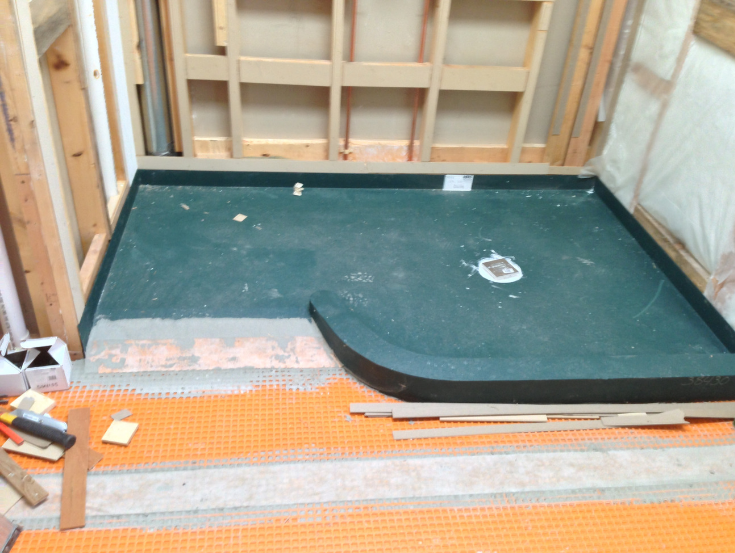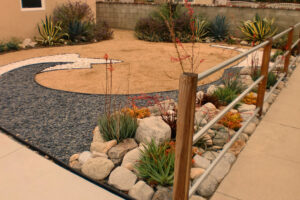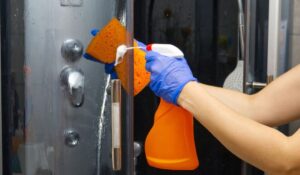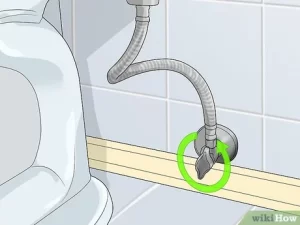
Mastering the Basics: A Comprehensive Guide on How to Install a Shower Pan for Tile
Introduction
Installing a shower pan is a crucial step in creating a durable and watertight foundation for a tiled shower. Whether you’re renovating a bathroom or constructing a new one, understanding the process of installing a shower pan for tile is essential. In this detailed guide, we will break down the steps, materials, and tools required for a successful installation, ensuring your tiled shower stands the test of time.
1: Understanding the Basics
1.1 What is a Shower Pan?
A shower pan, also known as a shower base or shower tray, is the waterproof barrier that sits beneath the shower floor tiles. Its primary function is to direct water to the drain and prevent moisture from seeping into the subfloor.
1.2 Types of Shower Pans
There are various types of shower pans, including prefabricated acrylic or fiberglass pans and custom-built mortar or concrete pans. For tiled showers, the focus will be on the installation of custom-built shower pans, providing a seamless and tailored foundation for tile application.
2: Tools and Materials
2.1 Tools Needed
- Measuring tape
- Level
- Carpenter’s square
- Circular saw or handsaw
- Drill with mixing attachment
- Margin trowel
- Rubber float
- Notched trowel
- Bucket
2.2 Materials Needed
- Shower pan liner
- Mortar mix
- PVC or CPE cement
- Drain assembly
- 2×4 boards
- Nails
- Concrete backer board
- Waterproofing membrane
3: Steps to Install a Shower Pan for Tile
3.1 Step 1: Measure and Plan
Accurate measurements are crucial for a successful installation. Plan the size and shape of your shower pan, keeping in mind the location of the drain and the slope required for proper drainage.
3.2 Step 2: Create a Wooden Frame
Using 2×4 boards, create a wooden frame that outlines the shape and size of the shower pan. Ensure the frame is level and securely anchored to the subfloor.
3.3 Step 3: Install the Drain Assembly
Install the drain assembly at the center of the shower pan. Connect the drain to the waste pipe, ensuring a watertight seal. Use PVC or CPE cement to secure the connections.
3.4 Step 4: Slope the Subfloor
Create a gentle slope towards the drain by adding mortar mix to the subfloor within the frame. Use a level to ensure the slope is consistent for proper water drainage.
3.5 Step 5: Install the Shower Pan Liner
Place a shower pan liner over the sloped subfloor, ensuring it extends up the sides of the wooden frame. Secure the liner in place using nails or staples, and cut an opening for the drain.
3.6 Step 6: Pour and Shape the Mortar Bed
Mix mortar according to the manufacturer’s instructions and pour it over the shower pan liner. Shape the mortar bed to follow the slope, creating a smooth and even surface.
3.7 Step 7: Lay the Tile Backer Board
Once the mortar bed is cured, install a layer of concrete backer board over it. Secure the backer board with screws, leaving a small gap between sheets for expansion.
3.8 Step 8: Apply Waterproofing Membrane
To further enhance waterproofing, apply a waterproofing membrane over the backer board. Ensure the seams and corners are adequately covered to prevent water penetration.
3.9 Step 9: Tile Installation
Once the waterproofing membrane is in place, you can proceed with tiling the shower floor. Use a notched trowel to apply thin-set mortar and lay the tiles in the desired pattern.
3.10 Step 10: Grouting and Sealing
After the tiles are set, allow the mortar to cure before grouting. Apply grout between the tiles, wiping away excess with a damp sponge. Once the grout is dry, seal the tiles to protect against water and stains.
Common FAQs on Shower Pan Installation
1: Can I use a prefabricated shower pan for tile installation?
Prefabricated shower pans are typically designed for direct use with a finished surface, such as fiberglass or acrylic. For tiled showers, it’s recommended to install a custom-built shower pan for optimal results.
2: How thick should the mortar bed be for a shower pan?
The mortar bed thickness for a shower pan typically ranges from 1 to 1.5 inches. Consult the mortar mix manufacturer’s instructions for specific guidelines.
3: Do I need a special drain for a tiled shower pan?
Yes, a specific shower drain assembly designed for tile installations is recommended. These drains often have an adjustable height feature to accommodate the thickness of the mortar bed and tiles.
4: Can I use regular drywall in a shower area?
Regular drywall is not suitable for wet areas like showers. Use moisture-resistant or waterproof drywall, or install a cement backer board for better durability and moisture resistance.
5: Is a shower pan liner necessary?
Yes, a shower pan liner is essential for preventing water from penetrating the subfloor. It acts as a waterproof barrier, directing water towards the drain and protecting the structural integrity of the shower.
6: How long does it take for the mortar bed to cure?
The curing time for the mortar bed depends on factors like humidity and the specific mortar mix used. Typically, it takes at least 24 to 48 hours for the mortar bed to cure before proceeding with the next steps.
7: Can I install tile directly on the subfloor without a mortar bed?
Installing tile directly on the subfloor without a proper mortar bed and waterproofing can lead to water damage. Always follow recommended installation procedures to ensure the longevity of your tiled shower.
8: Should I seal the grout on the shower floor?
Yes, sealing the grout on the shower floor is essential to protect it from moisture and stains. Choose a high-quality grout sealer and follow the manufacturer’s recommendations for application.
9: Can I install a tile shower floor without prior experience?
While it’s possible to install a tile shower floor as a DIY project, it requires careful planning and attention to detail. Consider consulting professional resources or seeking guidance from experienced individuals if you’re new to tile installation.
10: What should I do if I encounter plumbing issues during installation?
If you encounter plumbing issues during the installation, it’s advisable to seek the assistance of a licensed plumber. Plumbing connections must be secure and leak-free to ensure the proper functioning of the shower.
Conclusion
Installing a shower pan for tile is a rewarding endeavor that adds both functionality and aesthetic appeal to your bathroom. By following the steps outlined in this comprehensive guide and addressing common FAQs, you can confidently undertake the project. A properly installed shower pan provides a solid foundation for your tiled shower, ensuring durability, water resistance, and long-lasting beauty.








